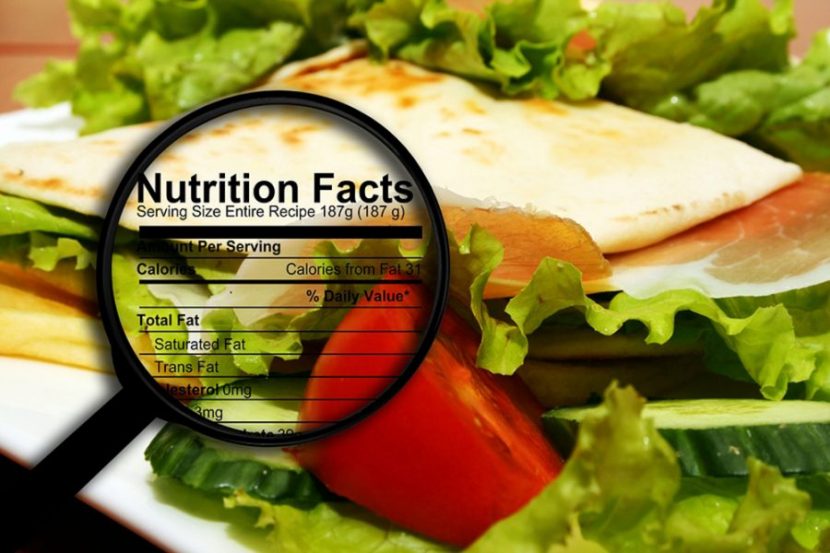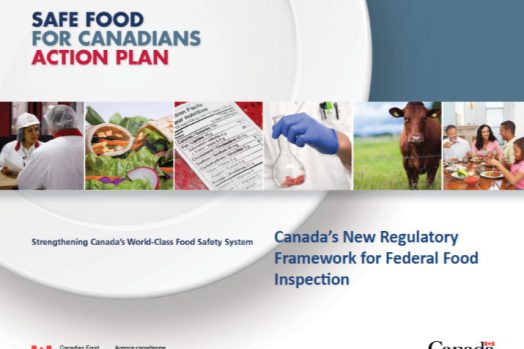No Two the Same: Allergen Labelling Regulations Vary Around the World
By Betsy Craig, CEO, CMT
Members of the general public are experiencing more food allergies today than ever before and the results of mislabeling, untrained and ill-prepared food service can be deadly. Often I say food is love and love is not supposed to harm, but it most certainly can when it comes to an individual with food allergies.
In the United States we currently recognize the “Top Eight” allergens called out when it comes to legislation. They include peanuts, tree nuts, fish, shellfish (crustaceans), eggs, milk, soy and wheat. There has been a serious and targeted effort to have the Food and Drug Administration (FDA) here in the US add sesame as the ninth in that list, but as of this writing that has not happened. Thanks to the Food Allergen Labeling and Consumer Protection Act (known as FALCPA), packaged foods must have these Top Eight allergens labeled/declared, in plain English, on ingredient labels. There are three different ways to comply but providing the information is mandatory.
Food Allergy Training
Interestingly enough, in the US it is not mandatory to declare the allergens on restaurant-type food or menus, and specific food allergy training, although up-and-coming in the states, is only mandated in a few specific states. Video training is required in Massachusetts and Rhode Island, and now in Michigan they are requiring specific allergen training for restaurants and have named the approved training solutions—AllerTrain, ServSafe, and TAP Series
The results of mislabeling, untrained and ill-prepared food service can be deadly.
In the US we have a menu labeling federal mandate that finally has a date for compliance. This great menu labeling law, even with its challenges for food service and the problems with implementation, is still a huge win across the board for a number of reasons. Up until May 5, 2017 (the compliance date) there remain many different menu labeling laws throughout the US that all have one main thing in common: they were developed and implemented to help fight a public health epidemic: obesity and excess weight. More than two-thirds of Americans are sitting (literally) with the challenges of being too heavy.
Affordable Healthcare Act
The downside of having so many different local and regional regulations lies in the variety of information restaurants are required to provide. That is why the Affordable Healthcare Act included section 4205, which involves federally mandated, uniform menu labeling. It is actually a good thing for the industry and a game-changer in the long run that will assist with fighting obesity in our country. My prediction is that one day allergens will become a part of menu labeling as well.
The labeling environment around the world is deep, controversial and complicated, to say the least. Also, the allergens that are considered the top culprits for diners are different in different areas of the world. Below is a chart looking at five different countries and the top allergens they focus on.
In 1997 the first labeling policies were introduced in the EU (European Union) and pertained primarily to packaged and resale food, however that has changed lately. Starting December 13, 2014 “ all consumers are given comprehensive ingredient listing information and make it easier for people with food allergies to identify ingredients they need to avoid,” The regulation for the EU goes on to address advisory labeling, cross-contamination warnings, and “may contain” statements.
Even with clear regulations taking effect there are still serious challenges and problems getting restaurateurs to comply as noted in the now famous case of the death of a young many in England.
It is worth noting that menu labeling for nutrient content is only voluntary in the EU at this time.
In Canada, food labeling of allergens and nutrients will come in the very near future. Currently in effect is a requirement to list and declare the top 11 allergens (including gluten). Coming soon to Canada, after less than two years of discussion, is the menu labeling mandate for nutrients. It was mandated thanks in part to the Making Healthier Choices Act of 2015.
As you can see, each country and their mandates are a bit different from the next. Transparency is the name of the game for food service around the globe today and will remain so in the future. The dining public wants and, today, feels it’s their right to have the answer they seek. Comply or be left behind is the theme moving forward.
About the Author
Betsy Craig is an Award Winning, expert on menu labeling and trends who is the CEO and Founder of MenuTrinfo®, LLCand AllerTrain by MenuTrinfo, LLC, a leading company providing accredited nutrition & food allergy solutions. Her expertise extends to food safety, managing food allergens in the food service space and gluten-free solutions thanks to AllerTrain, the nation’s only ANSI accredited training for food service for food allergies. Betsy writes for many national publications and is a sought-after speaker in the hospitality industry.

-
 FeaturedRisk management
The Cost of a Breach: What a Cyberattack Could Mean for Food Safety Recalls
FeaturedRisk management
The Cost of a Breach: What a Cyberattack Could Mean for Food Safety Recalls
-
 FeaturedRisk management
Securing the Food Chain: How ISO/IEC 27001 Strengthens Cybersecurity
FeaturedRisk management
Securing the Food Chain: How ISO/IEC 27001 Strengthens Cybersecurity
-
 FeaturedRisk management
Revolutionizing Food Safety Training: Breaking Out of the “Check-the-Box” Mentality
FeaturedRisk management
Revolutionizing Food Safety Training: Breaking Out of the “Check-the-Box” Mentality
-
 GFSI Standards
GFSI 2025: Building Trust, Tech-Forward Solutions, and Global Unity in Food Safety
GFSI Standards
GFSI 2025: Building Trust, Tech-Forward Solutions, and Global Unity in Food Safety
-
 FeaturedFood Safety
Integrated Pest Management: Strategies to Protect Your Brand’s Reputation
FeaturedFood Safety
Integrated Pest Management: Strategies to Protect Your Brand’s Reputation
-
 FeaturedFood Safety Culture & Training
No Open Door Policy: Challenges That Impact Pest Control in Food Processing Plants
FeaturedFood Safety Culture & Training
No Open Door Policy: Challenges That Impact Pest Control in Food Processing Plants




